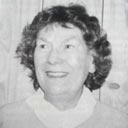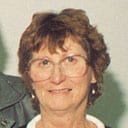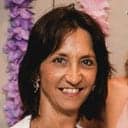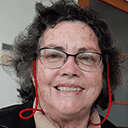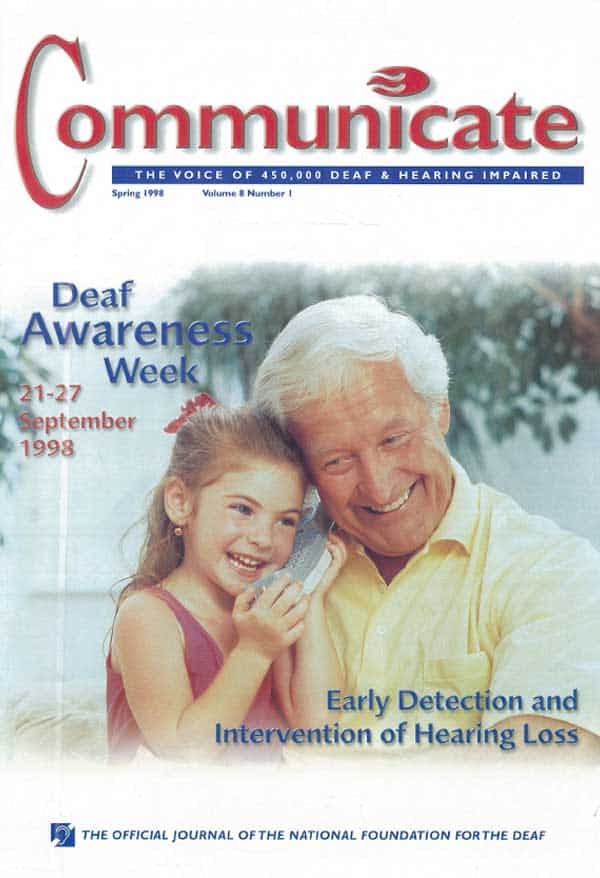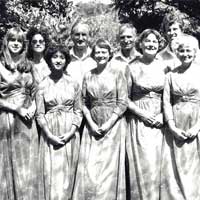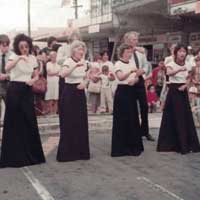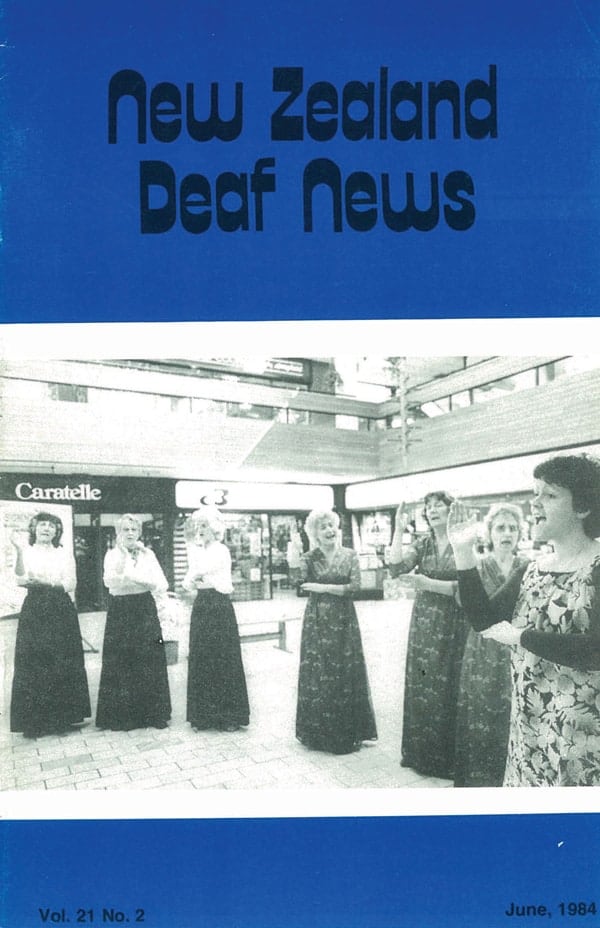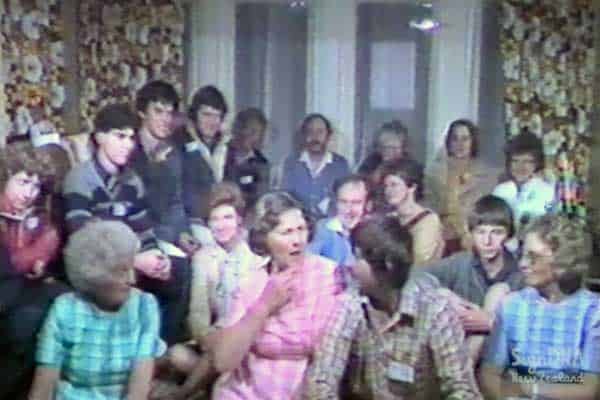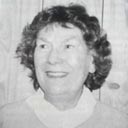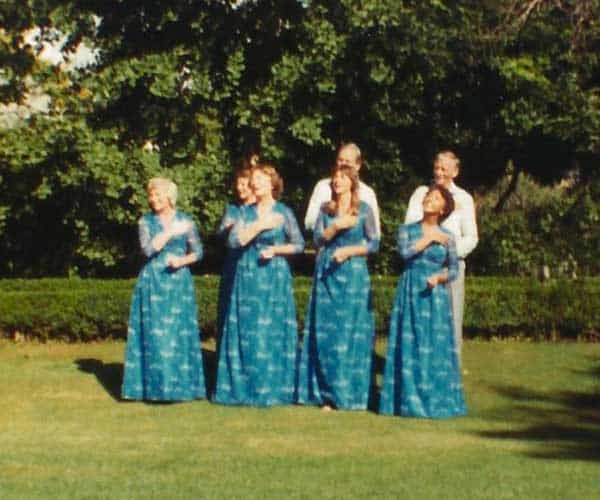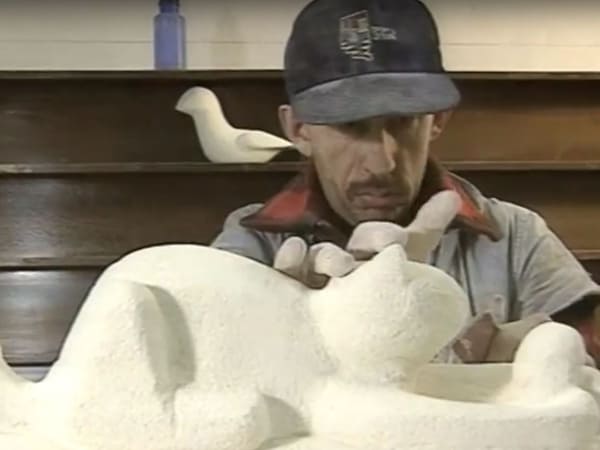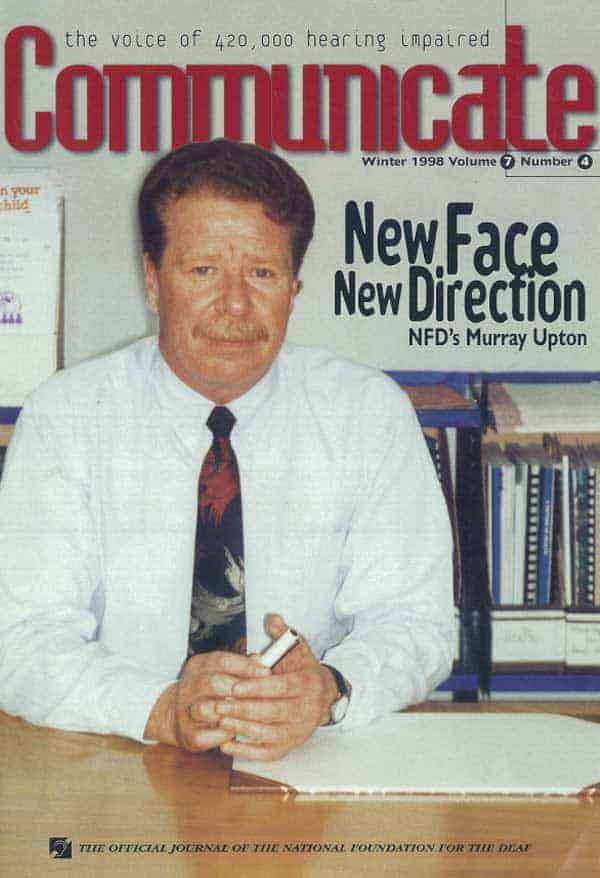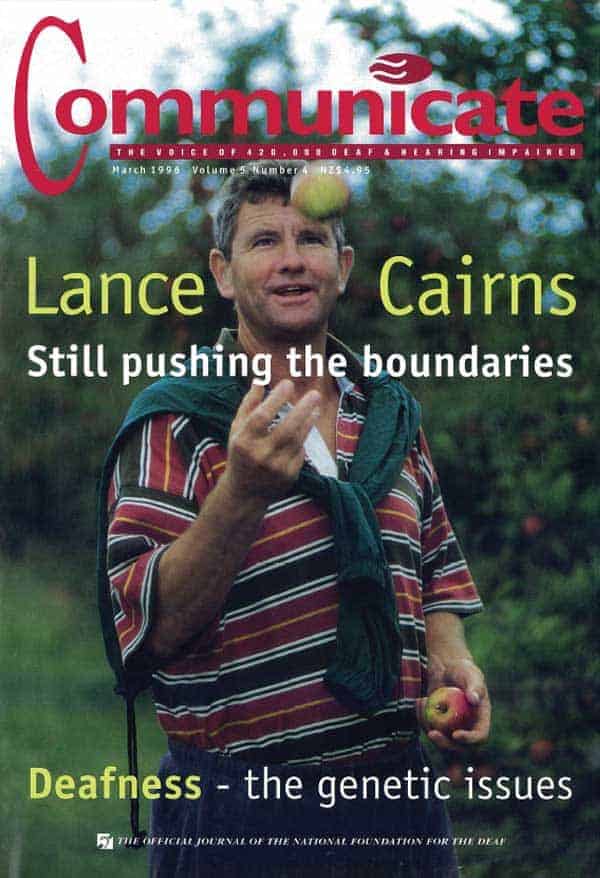A ‘Mime and Masks’ evening at Kelston with a show created by a Deaf Drama group: 'A Visit to Kiwiland'. It was on Saturday 21 November 1987. Brian Whalley, the drama leader, explains why the production was set up. The evening opens with two songs by the Sign Singers group, before the main play ‘A Visit to Kiwiland’ commences. The night closes with three more additional songs by the Sign Singers. The evening fundraised $766.00 towards the purchase of a TTY and to sponsor two pupils from Kelston to attend the World Deaf Games in Christchurch 1989.
A ‘Mime and Masks’ show by Deaf Drama Group: A Visit to Kiwiland
1986 •
- Storytelling/Performances
A Deaf Drama group perfoms 'A Visit to Kiwiland' at Kelston with supporting acts by the Sign Singers. The evening fundraised $766.00 towards the purchase of a TTY and to sponsor two pupils from Kelston to attend the World Deaf Games in Christchurch 1989.
Relevant Links
Produced by:
Griff Richards
Original format:
VHS
Reference number:
ND03-01-SP86



